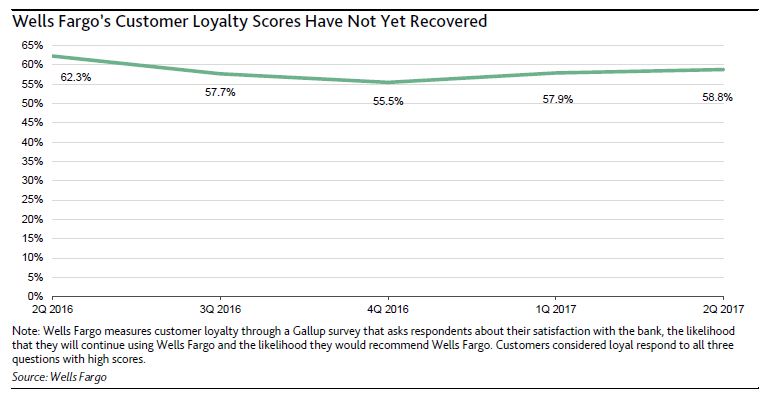Last Thursday, Wells Fargo & Company announced an $80 million remediation plan for auto loan customers that it had incorrectly charged for collateral protection insurance (CPI) between 2012 and 2017. The announcement is credit negative for Wells Fargo. The remediation costs are relatively immaterial at approximately 1% of its pre-tax quarterly earnings, but the announcement is yet another negative reputational headline for the bank. Despite the limited financial effect, we expect that the announcement will exacerbate the damage to Wells Fargo’s reputation in this past year.
Wells Fargo requires auto loan customers to maintain comprehensive and collision insurance for financed autos during the term of the loan. The bank’s CPI program purchased auto insurance on the customer’s behalf from a third party if proof of auto insurance had not been provided. Wells Fargo’s review of its CPI program and related third-party vendor practices, which began in July 2016 and was prompted by customer concerns, found that approximately 570,000 customers may have been negatively and incorrectly affected.
Roughly 490,000 customers were incorrectly charged for CPI despite having satisfactory auto insurance of their own. Approximately 60,000 customers did not receive adequate notification and disclosure information from the vendor before the bank’s purchase of CPI on their behalf. Finally, for 20,000 customers, the required payments for the incorrectly placed CPI may have contributed to the default of their loan and repossession of their vehicle. Wells Fargo’s $80 million remediation plan intends to rectify financial harm to these customers. As a result of its initial findings, Wells Fargo discontinued its CPI program in September 2016.
Wells Fargo historically had strong customer satisfaction scores and a reputation for sound risk management. In September 2016, its lead bank subsidiary agreed to pay $185 million to federal regulators and the Office of the Los Angeles, California, City Attorney to settle sales practice issues. The settlement revealed that Wells Fargo’s retail banking incentive structure had led to pervasive inappropriate sales practices. The fallout from revealing the sales practices deficiencies resulted in a hit to Wells Fargo’s customer loyalty measure, shown in the exhibit below. Although the metric has improved from its fourthquarter 2016 low, the latest announcement could add pressure. However, on the positive side, there has been no significant sign of client attrition, despite the negative effect on customer loyalty metrics.
Furthermore, any resulting regulatory investigations, lawsuits or political inquiries could add to the bank’s costs, particularly for litigation. In particular, we have previously noted that the high end of Wells Fargo’s range for reasonably possible potential litigation losses in excess of its established liability was $2.0 billion at the end of the first quarter, up from $1.8 billion at year-end 2016 and $1.3 billion at year-end 2015. On the bank’s second-quarter earnings call, before this announcement, management indicated the high end of this range could grow by another $1.3 billion. Although these potential litigation costs are manageable given Wells Fargo’s robust pre-tax earnings, this recent announcement adds to profitability challenges the bank continues to face.
Skip to content
Digital Finance Analytics (DFA) Blog
"Intelligent Insight"

